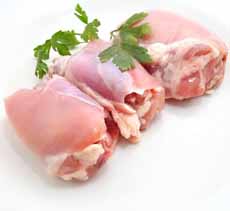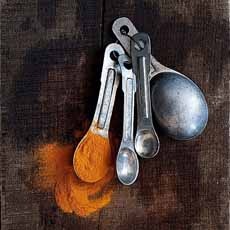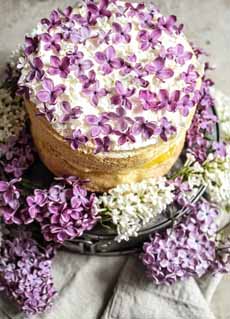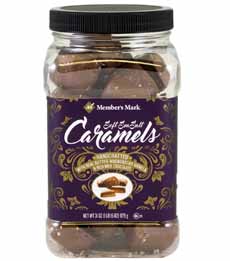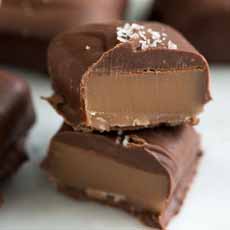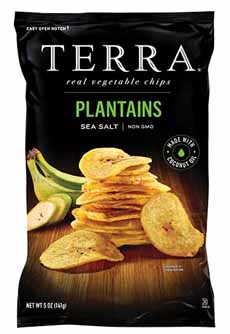|
Another batch of favorites from THE NIBBLE.
What makes it a favorite? We would buy it again…and again. In alphabetical order, we recommend:
1. LOVE THE WILD: FROZEN FISH FILLET ENTRÉES
Only one in five Americans meet the USDA recommendation for fish intake, a vital high protein dietary component that’s high in protein and healthy fats.
LoveTheWild is on a mission to make it easy for you to enjoy delicious, traceable fish dinners—in fact, we can’t recall an easier preparation. Add the fillet to the piece of parchment paper, top with the cubes of sauce, fold and bake. It tastes like it was prepared at a [good] restaurant.
Aside from a moist and tasty piece of fish, there’s no pan to clean: The parchment goes from pan to plate (or, you can remove it before plating).
In the process, the company uses the greener technique of aquaculture, which they call “the least environmentally impactful form of animal protein production in the world.”
The frozen entrées, nicely packaged, pair sustainably-sourced fish filets with regional, butter-based sauces that complement each species’ unique taste.
The company hand-selects seafood from the most well-managed farms in the world, providing you with the highest quality sustainable seafood. There are currently four varieties, each of which was a hit with us:
Barramundi with Mango Sriracha Chutney
Catfish with Cajun Creme
Rainbow Trout with Salsa Verde
Striped Bass with Roasted Pepper Almond Sauce
We received these as samples, but we’re headed out to load up!
LoveTheWild products are sold at major retailers across the U.S., including Whole Foods Markets, Wegmans, Sprouts, and Mom’s. Find a store locator and more information at LoveTheWild.com.
2. MEMBER’S MARK SEA SALT CARAMELS
Sam’s Club, a division of Wal-Mart Stores, is increasing its foothold in the specialty food space. It has revamped its private label Member’s Mark brand to include more premium products.
Items span many categories, from sea salt caramels and honey sourced from a U.S. bee cooperative to all-natural pulled pork created with help from pit masters at the Kansas City Barbeque Society.
The brand will add 300 new items this year and plans to add another 300 next year. In addition to food, the Maker’s Makrk merchandise includes health and wellness and apparel.
We received samples of the sea salt caramels, honey, and olive mix. The honey and olives hit the spot; but there are good honeys and olives around.
The hands-down winner were the delicious sea salt caramels, notable for their generous size (about 1-1/4 inches square by 7/8 inch high—a long, chewy mouthful.
The centers are soft, handcrafted caramel, the exterior quality milk chocolate. There’s a light sprinkle of sea salt; even if you don’t see it, you’ll taste it.
Caveat: We couldn’t stop eating them.
If you’re not near a Sam’s Club, we also found them on Amazon, and are trying to restrain ourselves from ordering the six-pack.
3. PEPPERIDGE FARM FARMHOUSE CHOCOLATE CHIP COOKIES
|

